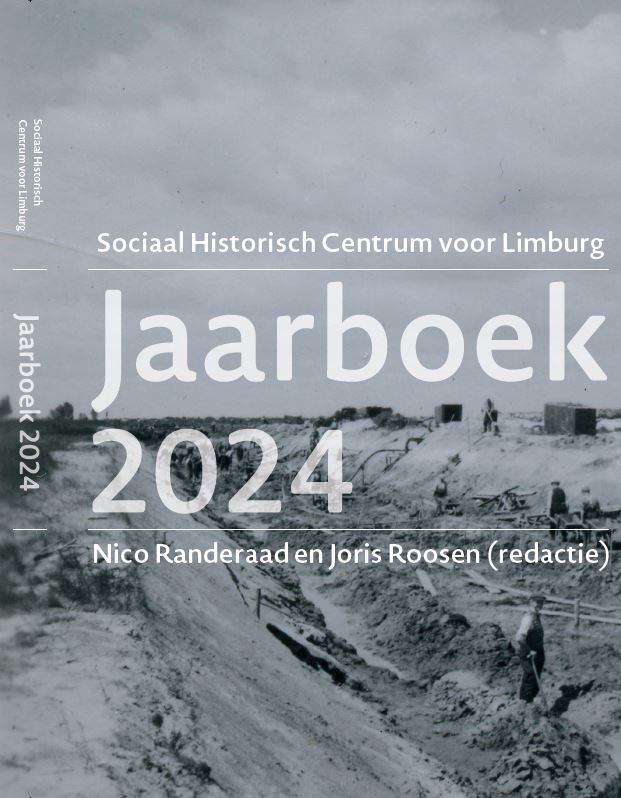Erfgoedensembles en klimaatadaptatie
Grenzen aan de maakbaarheid wat planologen en hydrologen kunnen leren van erfgoed en de geschiedenis van ons cultuurlandschap
DOI:
https://doi.org/10.58484/ssegl.v69i21890Trefwoorden:
waterbeheer, landschappen, Limburg, klimaatverandering, technologie, preventie, overstromingen, erfgoedSamenvatting
This paper explores the intersections of heritage preservation and climate adaptation strategies. It emphasizes that while current policies mainly focus on technical and hydrological innovations, valuable historical knowledge about water management and sustainable land use is often neglected. This knowledge, derived from the cultural and historical development of landscapes, can offer vital insights and help face present-day climate challenges. The paper advocates for the integration of historical landscape elements and traditional land use practices into contemporary climate adaptation plans. Using examples from the province of Limburg, the paper highlights the role of heritage ensembles – cultural landscapes and monuments interconnected with their surroundings – as inspiration for sustainable planning. It critiques the existing disconnect between planning policies, hydrology, and heritage conservation, and proposes a more holistic approach that acknowledges the landscape’s historical layers. The paper also discusses the policy challenges and institutional barriers to adopting such an integrated strategy, suggesting that a more collaborative approach between heritage professionals, planners, and hydrologists could foster more climate-resilient landscapes.
Downloads
Downloads
Gepubliceerd
Nummer
Sectie
Licentie

Dit werk wordt verdeeld onder een Naamsvermelding-NietCommercieel 4.0 Internationaal licentie.


